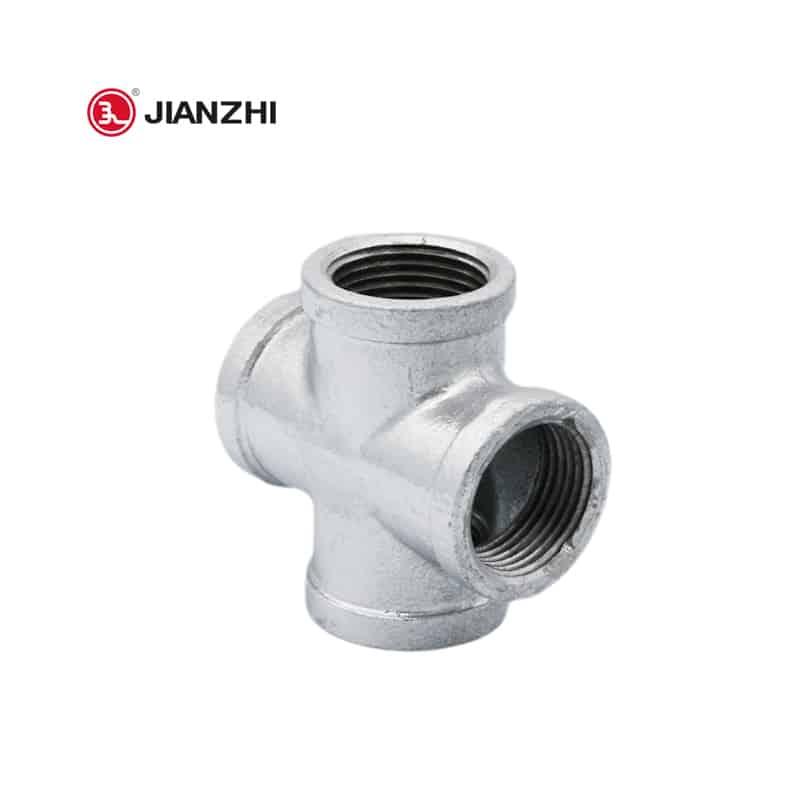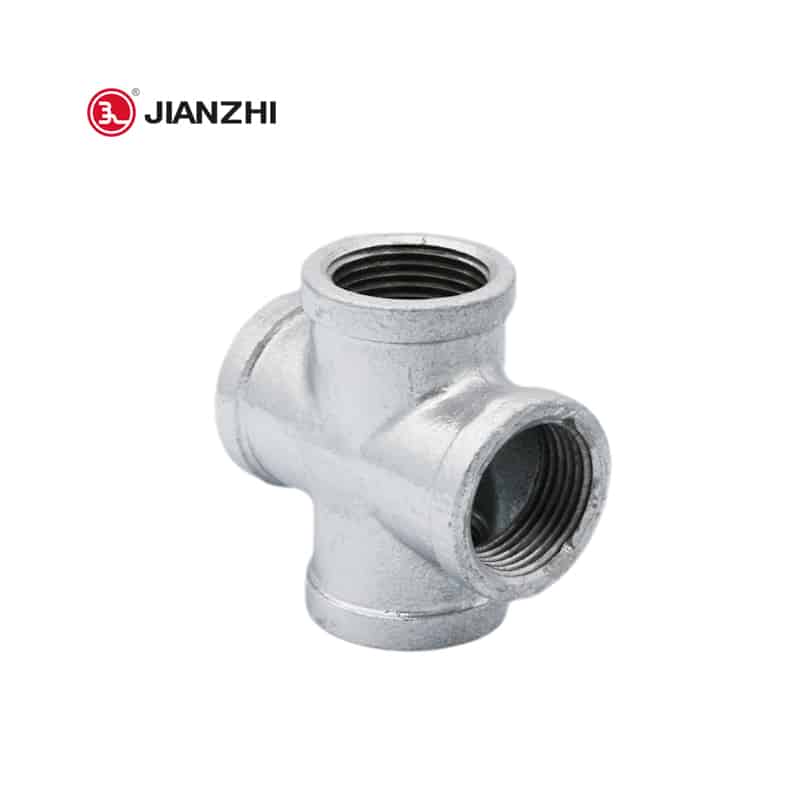What Is A Cross Pipe Fitting?

A cross pipe fitting is a fitting with two or more outlets at 90 degree angles to each other. This allows pipes to join together or branch apart at right angles.
Common types of cross pipe fittings include:
- Tees – have three outlets: two perpendicular and one inline. Used to split or combine pipe runs.
- Crosses – have four outlets at 90 degree angles. Used where two pipe runs must cross perpendicularly.
- Wyes – similar to tees but have two outlet ports at the bottom in a “Y” shape.
- Laterals – have a straight-through outlet and two side outlet ports.
Cross pipe fittings are made of various materials depending on the application, such as:
- Galvanized steel – suitable for water distribution lines and underground uses due to its corrosion resistance.
- PVC – often used for drainage and venting systems, especially in accessible locations.
- Cast iron – durable and provides extra rigidity, making it suitable for high pressure applications.
- Stainless steel – resistant to corrosion and chemicals; commonly used in industrial settings.
- Copper – highly conductive and used for potable water, heating, and cooling systems.
Applications of Cross Pipe Fittings
- Combining Pipes: Pipe tees and crosses are used to combine multiple pipe runs into a single line.
- Branching Pipes: Tees, wyes, and laterals allow a pipe run to split into two perpendicular branches.
- Pipe Intersections: Crosses allow two perpendicular pipes to intersect or cross over each other.
- Changes in Direction: Multiway fittings (for instances, a 4 way tee) redirect the direction of a pipe run by 90 degrees.
- Plumbing Systems: Tees and crosses connect supply pipes to drainage traps and fixture connections.
- Manifolds: Cross fittings merge multiple smaller pipes into a single larger pipe.
- Ductwork: Tees and crosses join individual ventilation ducts in HVAC systems.
Some things to consider when choosing cross pipe fittings:
Pressure Rating – Higer pressure rated fittings for applications with increased pressure.
Material – Select material based on chemical compatibility, joint type needs and cost.
Joint Type – Threaded, grooved, flanged and mechanical connections offer various benefits.
Environment – Consider exposure to elements, possible corrosives and temperature ranges.
Accessibility – Choose fittings that can be accessed for maintenance or future connections.

- Art
- Causes
- Crafts
- Dance
- Drinks
- Film
- Fitness
- Food
- Games
- Gardening
- Health
- Home
- Literature
- Music
- Networking
- Other
- Party
- Religion
- Shopping
- Sports
- Theater
- Wellness
- IT, Cloud, Software and Technology


